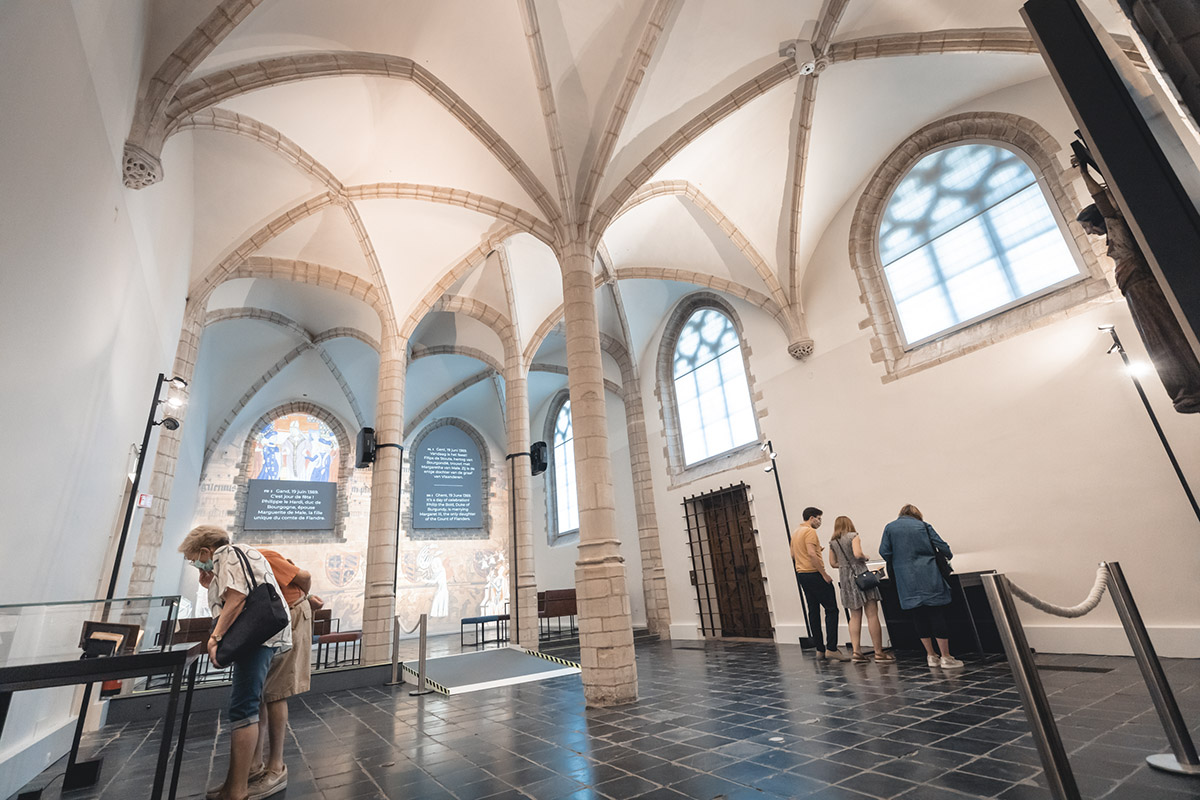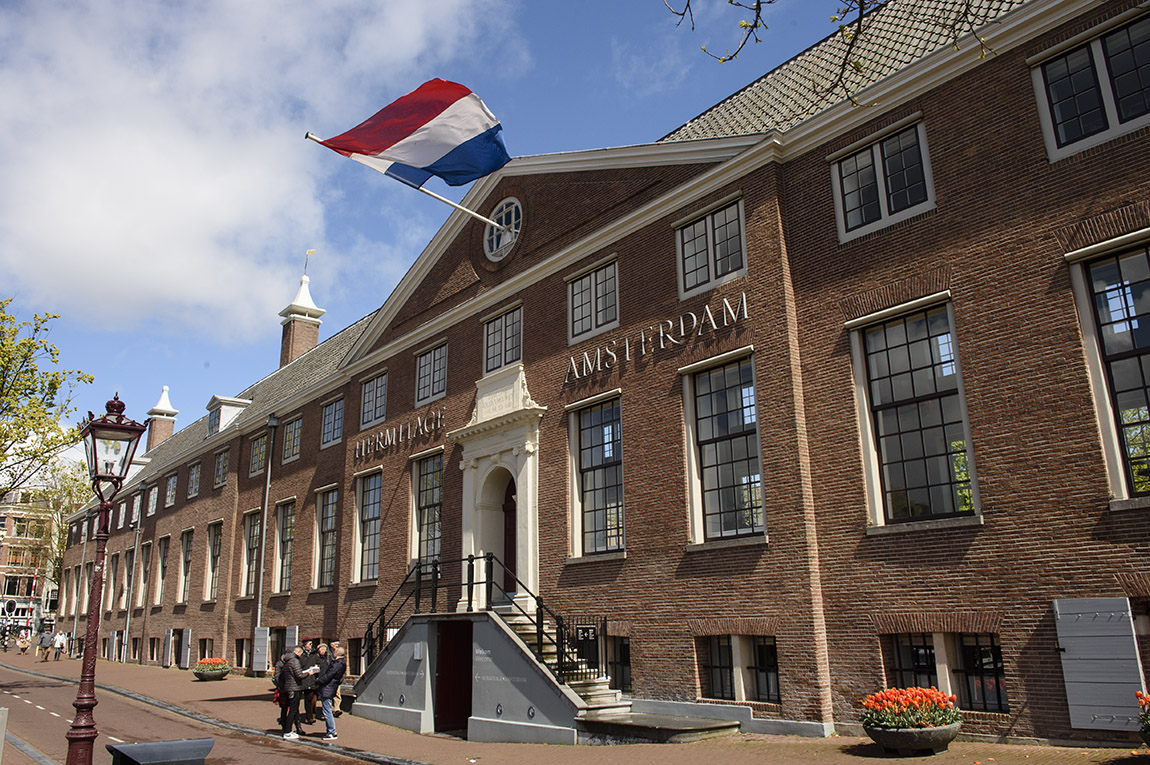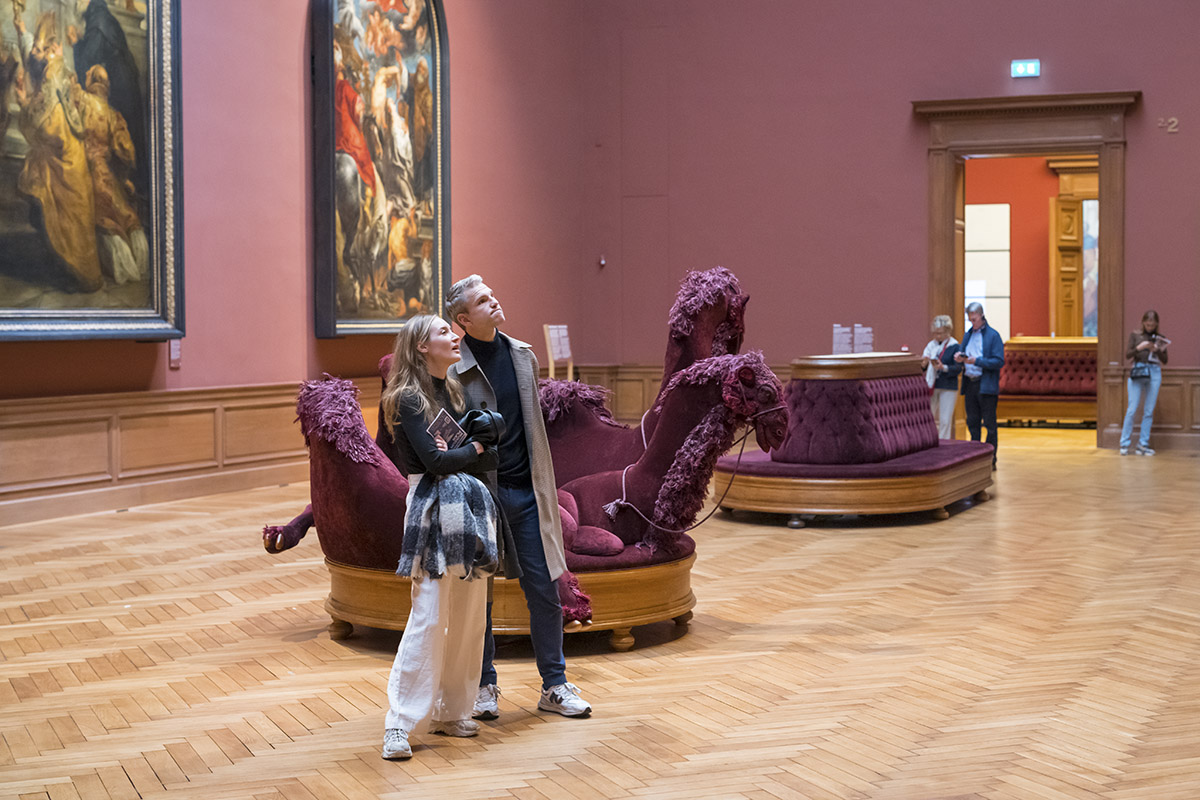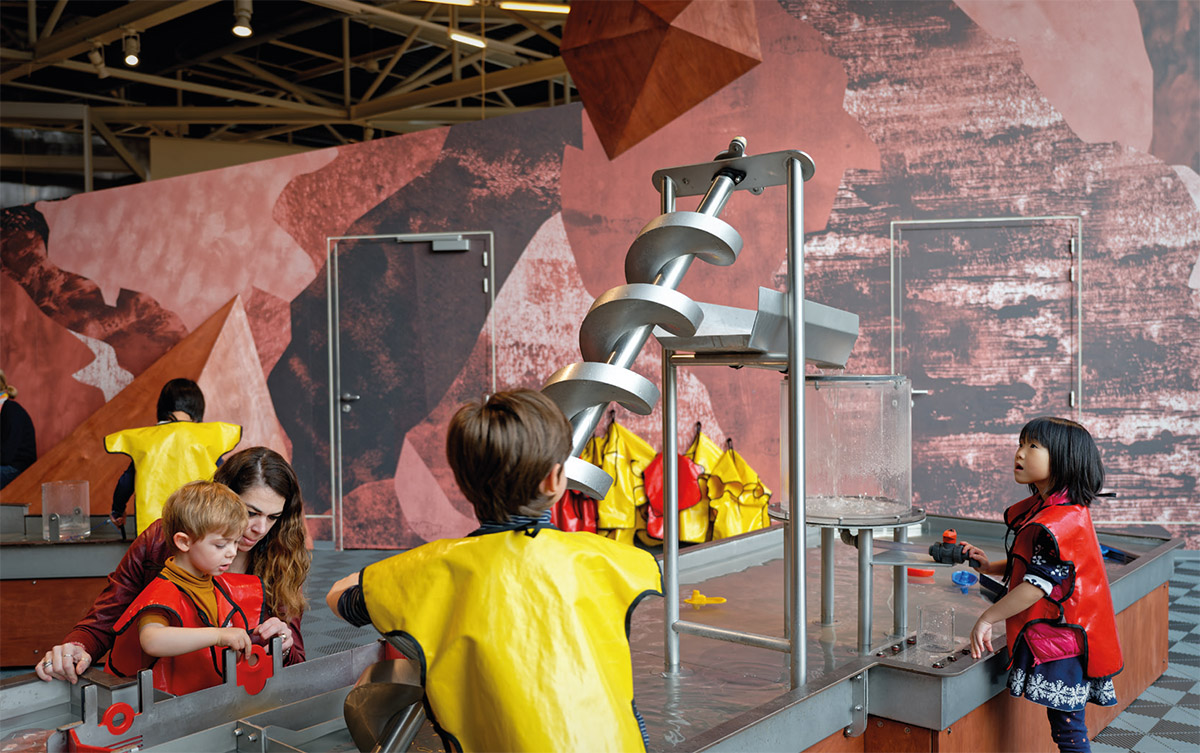Musée de France de Berck-sur-Mer
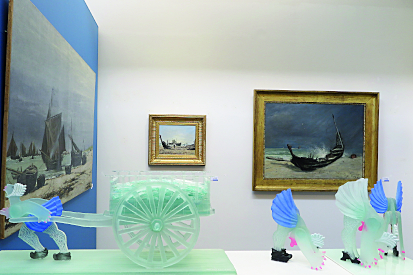
Fishermen’s lives at Musée de France de Berck sur Mer
TEXT: XANDRA BOERSMA | PHOTOS © MUSÉE DE FRANCE DE BERCK-SUR-MER
Wandering through the sand dunes at Berck-sur-Mer on France’s Northern ‘Opal’ Coast, one of the largest shallow water marinas in France and renowned for its marine observation opportunities and community of seals, it is not hard to see why this town was once a favourite of Manet and other artists.
The extraordinary body of work created by the followers of Manet can be seen at the Musée de France de Berck-sur-Mer, just a few yards from the beach. The museum houses the best permanent collections of 19th century sea paintings in the Hauts de France region, as well as a separate collection of fishermen’s portraits unparalleled elsewhere in the country. There are also temporary exhibitions offering a fascinating insight into the lives of these communities, such as the current show of paintings of fishermen’s wives.
So how did Berck-sur-Mer become such a magnet for artists? More than a hundred painters, including Manet and Boudin, came for working in the open air, and some of them even established themselves here, such as Francis Tattegrain, Charles Roussel, Jan Lavezzari, Marius Chambon and Eugène Trigoulet. They were all entranced by the foreshore filled with fishermen and boats. Painters of the so called Berck School illustrated the daily lives of the fishing community in extraordinary detail, portraying their daily preparations for sailing, the departure and return of the boats and fishing at sea.
With their colourful traditional costumes, the fishermen’s wives proved as much of an inspiration to the painters as their husbands, and the current exhibition, open until 22 October, features more than 100 paintings and studies of the women’s daily business and domestic chores. Tattegrain and his pupil Charles Roussel also completed an extraordinary series of 92 portraits of old sailors and fishermen’s wives in the Maritime Asylum, which is unique in 19th century painting.
In addition to the 19th century and contemporary art, the museum is also home to a permanent collection of archaeological discoveries. The highlight is two rooms of jewellery from the 6th and 7th century Merovingian dynasty, which form one of the most impressive collections in the region.
Musée de France de Berck sur Mer is open from 10.00 to 12.00 and from 15.00 to 18.00 from September to June (closed on Monday mornings and Tuesdays).
Admission, including the permanent collections and temporary exhibitions, is €3.50 and free on the first Sunday of every month.
Subscribe to Our Newsletter
Receive our monthly newsletter by email
